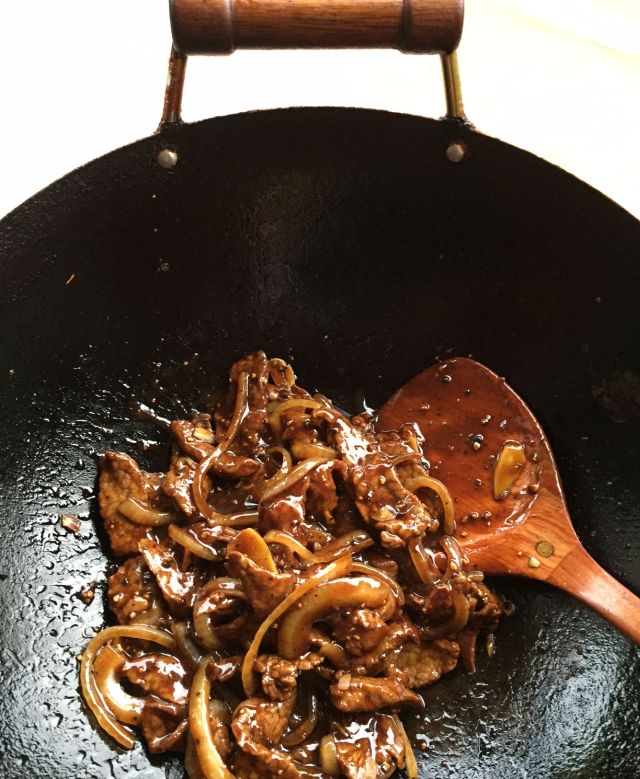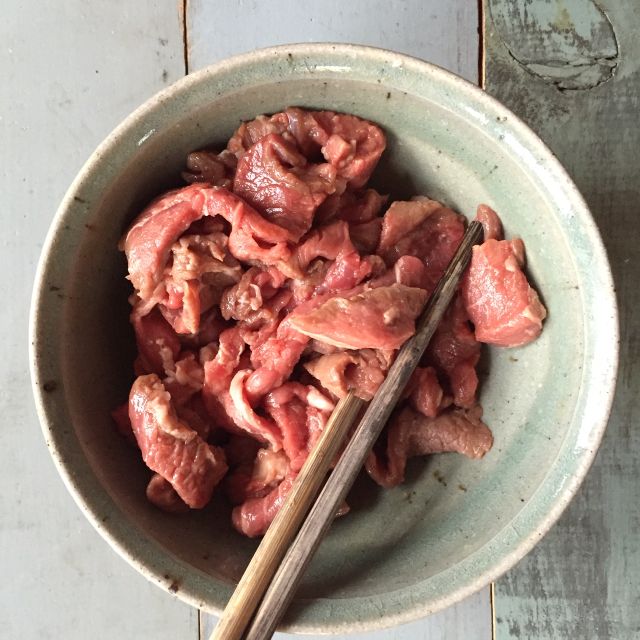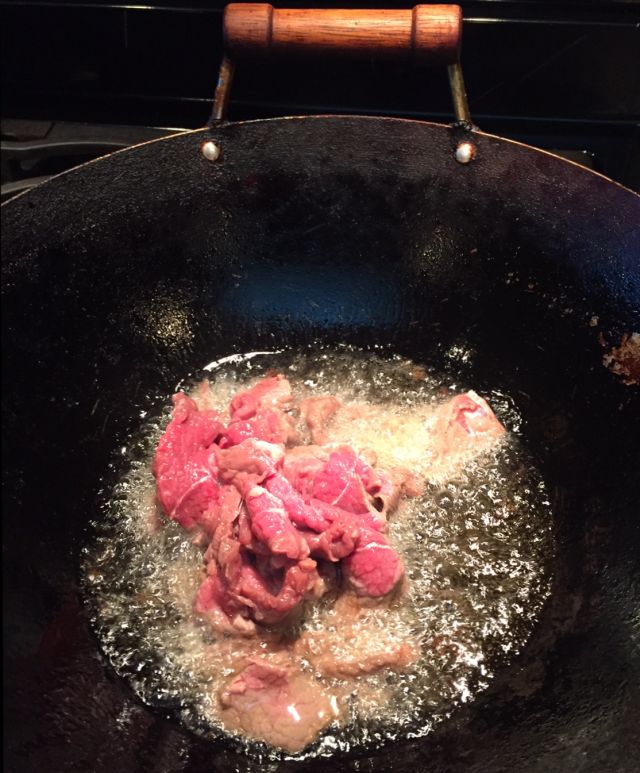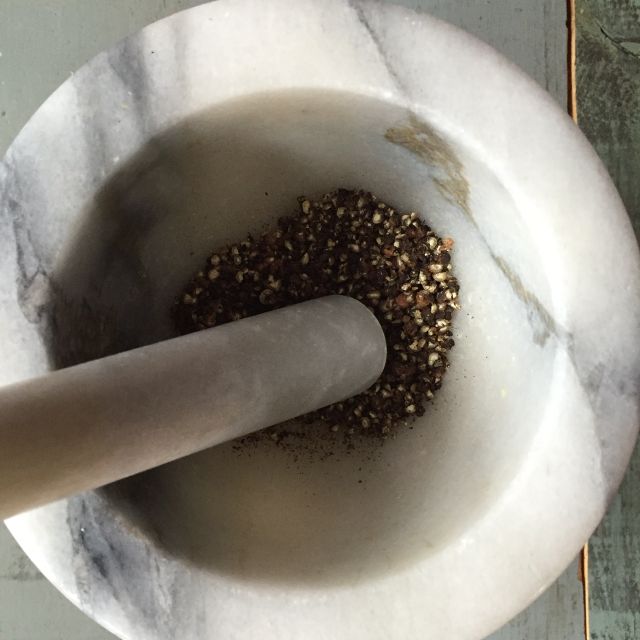Many cookbooks are produced to be timely and of-the-moment. They inspire people to dive into trendy dishes or a celebrity’s personal recipe collection. In the publishing world, those are categorized as “frontlist” works that sell well upon release. Then there are “backlist” cookbooks that are crafted to stick around for years and sell steadily. Some cookbooks may straddle both categories if they’re constructed well. I’m a fan of both but my shelves tend to favor backlist books that I intend to keep forever.
Kian Lam Kho’s Phoenix Claws and Jade Trees is a backlist book that’s written and designed to inform you on a lifetime’s worth of Chinese cooking. It’s gentle and quiet, like Kian is in person. There is a ton of information to glean and I’ve yet to find enough time to totally immerse myself in it. Ingredients such as red yeast rice is part of the book, which appeals to my Asian ingredient geekiness. Maps, cutting techniques, regional explanations and little nuances fill the 350+ pages. Yes, there is photography too. It’s a book to own, read, and dirty-up.
The first recipe I opened up to was for a Cantonese stir-fry of beef with black pepper. I had all the ingredients, including a piece of prime beef top sirloin in the freezer; the original recipe called for beef tenderloin, which I find not worth its price for its lack of flavor. I like to taste beef and do not mind chewing.
Phoenix Claws and Jade Trees asks cooks to understand “velveting” (marinating proteins so they acquire a luxe, silky texture) and “pass-throughs” (quickly deep-frying veveted proteins to seal in the velveting ingredients). In Chinese cookbooks of the past, velveting combined both the marinade and the pass-through. Whether you see that as one or two steps, it is among the ancient Chinese secrets to amazing stir-fries.
The pass-through requires a fair amount of oil, which may get dirtied up and make you feel like you just blasted through and wasted an ingredient. That’s why I don’t do it often; stir-frying the marinated/velveted protein is fine but the result is just shy of an exceptional Chinese stir-fry experience that you may get at say, a high-end restaurant. Kian aims to nudge you toward high quality Chinese food at home.
I’ve ordered beef and black pepper at Cantonese restaurants over the years and never quite got the black pepper zing. For the recipe here, there’s a tablespoon of black peppercorns. Hooray. I pounded the spice by hand in a mortar and pestle to obtain the coarsely ground texture required. You can use an electric coffee grinder dedicated to grinding spices. The result was an earthy flavor that bested other restaurant renditions of beef and black pepper that I’ve sampled.
Tapioca starch makes the sauce elegantly glossy; if it’s too slimy for you, try cornstarch or potato starch. I used Shaoxing rice wine, not Shaoxing cooking wine as the recipe suggests; Shaoxing wine without salt tastes better to me.
We had this beef and black pepper stir-fry with brown jasmine rice and boiled broccoli. Serve the beef on top of the broccoli and you’ll have stir-fried beef, black pepper, and broccoli. Get the book if you don’t have it. It’s a keeper.
RECIPE
Stir-Fried Beef with Black Pepper
Yields: 2 or more servings, with a vegetable dish
Ingredients
Velveting mixture
- 1 tablespoon Shaoxing rice wine
- 1 teaspoon regular soy sauce
- 1 teaspoon tapioca starch, or scant 1 teaspoon cornstarch
- 12 ounces (360 g) well-trimmed beef top sirloin, tenderloin or your favorite steak, cut against the grain into strips a scant ¼ inch (6 mm) thick
Sauce
- 2 tablespoon oyster sauce
- 1 tablespoon dark soy sauce, or 2 teaspoons regular soy sauce and 1 teaspoon molasses
- 2 tablespoon Shaoxing rice wine
- 1 teaspoon sugar
- ⅓ cup (90 ml) water
- 2 teaspoons tapioca starch, or 1 ¾ teaspoons cornstarch
- ½ cup (120 ml) neutral oil, such as canola
- 6 thin slices fresh, peeled ginger
- 2 cloves garlic, thinly sliced
- 1 medium onion, halved and sliced ⅛ inch (3 mm) thick
- 1 tablespoon black peppercorns, coarsely cracked
- Cilantro sprigs, for garnish
Instructions
- Combine the velveting mixture in a bowl then add the beef. Mix well with chopsticks and set aside to marinate for 20 minutes.
- Meanwhile, combine the sauce ingredients in another bowl. Set near the stove.
- Heat the oil in a wok over high heat to about 350F (180C). Nearby, have a bowl with a mesh strainer nestled inside.
- When the oil is ready, add the beef. Quickly fry for 45 to 60 seconds, stirring, until the beef is brown and about 75 percent done. Remove off heat. Use a slotted spoon to transfer the beef to the strainer to drain. Carefully pour the oil in the wok into a bowl to cool.
- Wash the wok and dry it. Reheat on high and add 2 tablespoons of oil (you can use the oil from the pass-through step, if you like). Dump in the ginger, garlic, and onion. Cook until aromatic, 15 to 30 seconds. Return the beef and add the peppercorns. Stir-fry briefly for 15 seconds to combine and heat through, then add the sauce. Cook, stirring, until the sauce thickens, about 1 minute. Transfer to dish, garnish the cilantro and serve.
Source: Kian Lam Kho's Phoenix Claws and Jade Trees (2015, Potter)





















Tiffany Cheng says
Thank you for the recipe